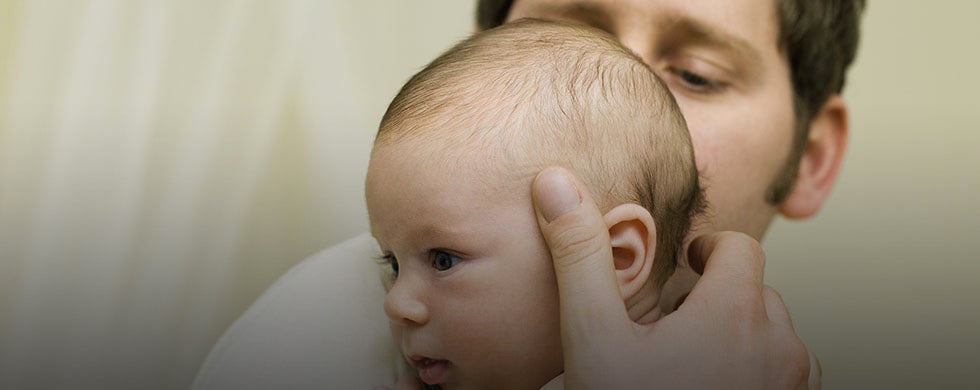Failure to thrive can affect growth and development
Growth at the initial stages of life can be very quick, however in some cases, infants aren’t able to meet the expected growth standards. Many infants will eventually catch up naturally and reach their normal growth potential, but those that don’t are considered as suffering from failure to thrive (FTT) or to have faltering growth.3 Although the term “failure to thrive” sounds extremely daunting, FTT is a common problem, accounting for 1 to 5 percent of pediatric hospital admissions in children less than two years of age.4
FTT during childhood is caused by malabsorption, malnutrition or undernutrition as a result of a wide range of different diseases or conditions, for example, chromosome abnormalities, neurological problems, infections or maldigestive problems, as well as environmental factors such as poor eating habits or domestic issues.1-5
Managing this lack of nutrition is as important as treating the underlying problem itself, as delivering the appropriate levels of nutrients as early as possible can lead to better physical and mental development. In all cases of FTT a high-calorie diet is recommended so that children can catch up on their growth and weight gain. In infants, this might simply be achieved by breastfeeding more frequently; in bottle-fed infants or older children, other techniques or specialized formulas may be required.2, 6
At Nestlé Health Science, we are committed to providing FTT infants and children with tailor-made nutritional therapies to help them meet their nutritional targets in order to grow and develop normally.
- http://www.hopkinschildrens.org/Failure-to-Thrive.aspx. Accessed December 2014.
- http://www.aafp.org/afp/2003/0901/p879.html. Accessed December 2014.
- http://kidshealth.org/parent/medical/endocrine/failure_thrive.html#. Accessed December 2014.
- http://ije.oxfordjournals.org/content/33/4/847.full. Accessed December 2014.
- http://www.nlm.nih.gov/medlineplus/ency/article/000991.htm. Accessed December 2014.
- http://www.babycentre.co.uk/a1621/failure-to-thrive. Accessed December 2014.




